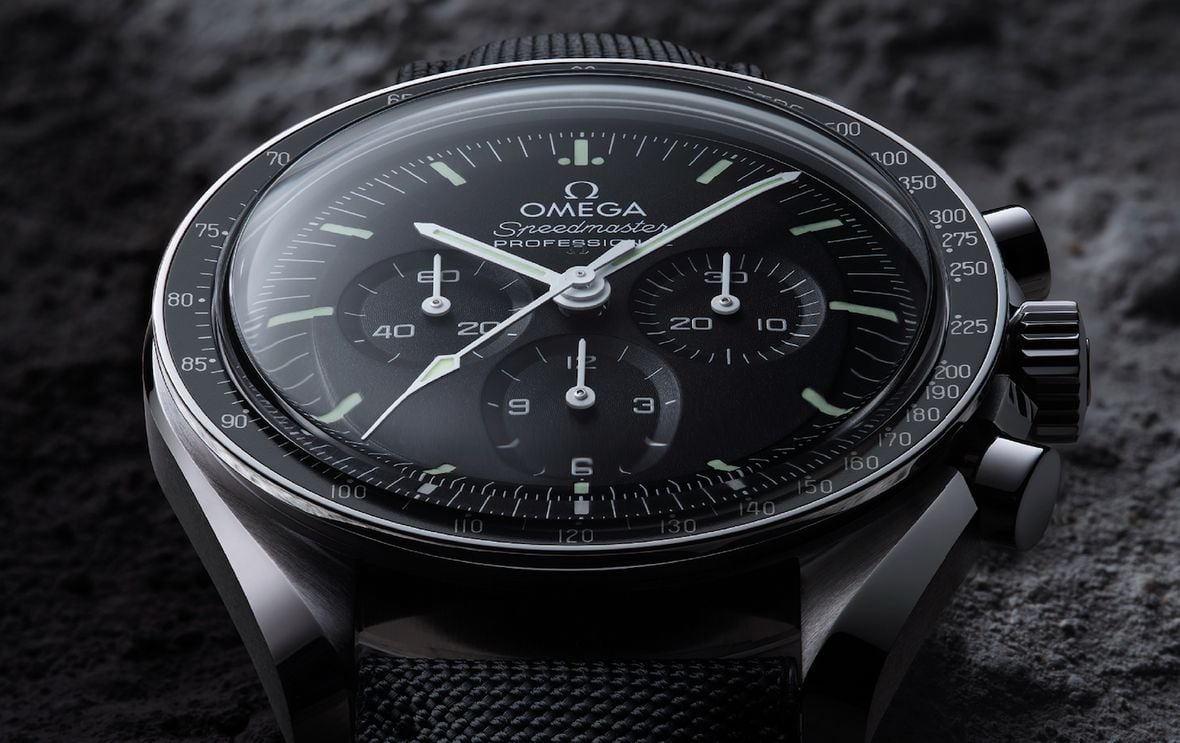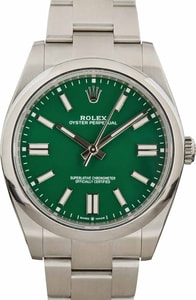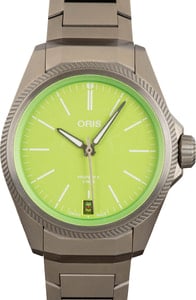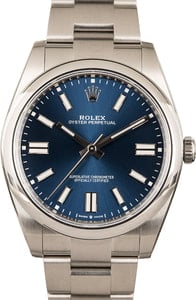In the world of horology, where precision is an art form, few names shine as brightly as the ever-popular and iconic Omega watches brand. Hailing from the picturesque Swiss landscapes where watchmaking has been elevated to a timeless tradition, Omega has carved a legacy steeped in craftsmanship and innovation. As we delve into the intricate world of an Omega movement, it becomes abundantly clear that these mechanisms are the heart and soul of any timepiece. They are the silent maestros behind the tick-tock symphony of a watch, orchestrating the passage of time with unrivaled precision.
In this exploration, we’ll unravel the mysteries of Omega’s watch movements – an artistry that transcends mere functionality, embodying the spirit of ingenuity and dedication that has defined this esteemed watchmaker for over a century. Join us on a journey through Omega’s heritage, the intricate mechanics that power their timepieces, and the meticulous craftsmanship that sets them apart in the realm of Swiss watchmaking excellence.
The Legacy of Omega Watches
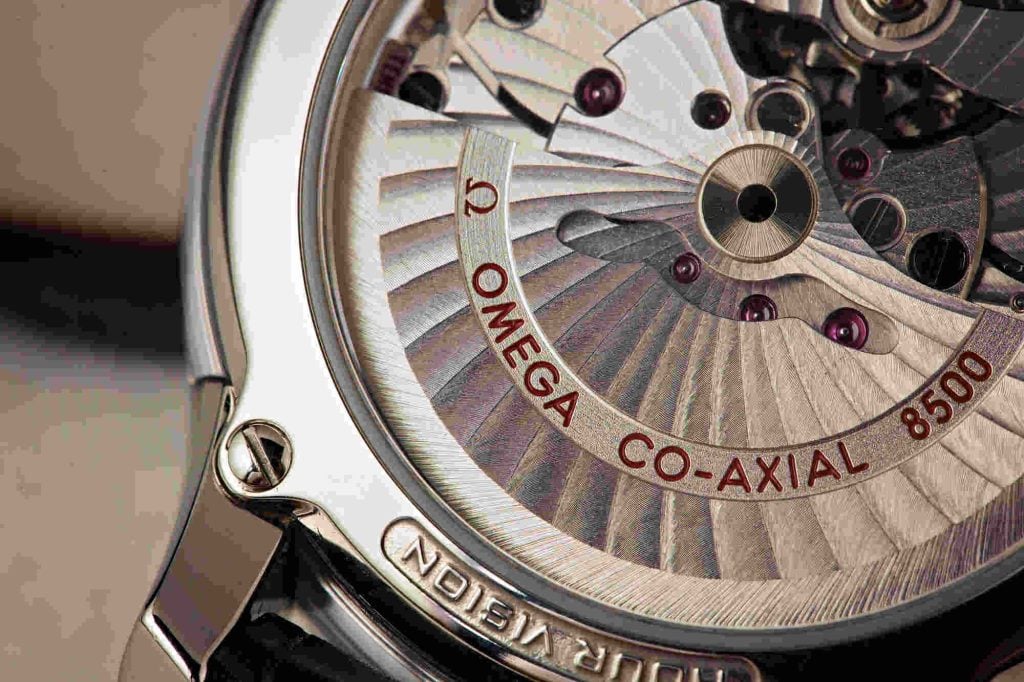
Omega’s legacy is as rich and storied as the intricate movements that beat within its watches. Born amidst the timeless beauty of Switzerland, this esteemed watchmaker has weathered the sands of time for over a century. From its humble beginnings in 1848, Omega’s historical brand journey has been marked by innovation and excellence. Omega has witnessed history and shaped it too. From gracing the wrists of daring explorers like Sir Edmund Hillary to becoming the official timekeeper of the Olympic Games, Omega’s timepieces have played pivotal roles in defining moments of human achievement. This legacy is a testament to Omega’s unwavering commitment to precision and craftsmanship. It’s a commitment that has earned them a hallowed place in the annals of horology and a reputation that extends far beyond Swiss borders. In the following sections, we’ll delve deeper into the heart of Omega’s watches – the intricate movements that fuel their timekeeping prowess.
The Heart of a Watch: Movements
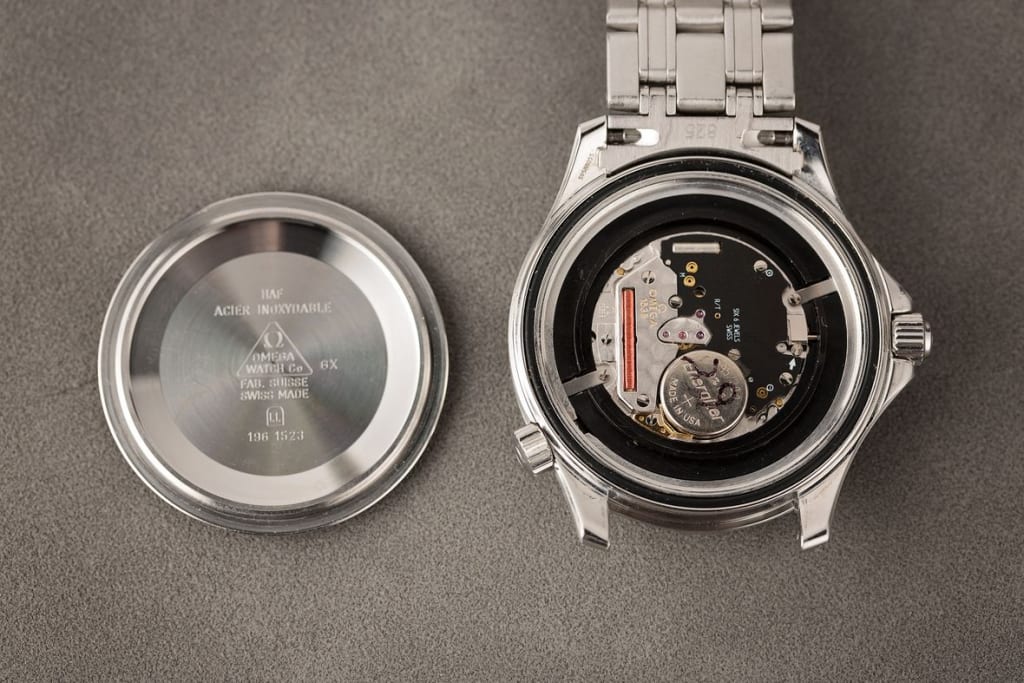
At the heart of every remarkable timepiece lies a meticulously crafted movement, a marvel of engineering and craftsmanship that brings a watch to life. These intricate mechanisms, often hidden from the wearer’s eye, serve as the unsung heroes of horology, governing the rhythm of time with a precision that borders on artistry. In the world of watch movements, two primary categories dominate: quartz and mechanical. Omega watches with quartz movements are driven by a battery and regulated by a quartz crystal, offering unparalleled accuracy but often lacking the intricate beauty and soul of their mechanical counterparts.
On the other hand, Omega, a brand synonymous with excellence, has become renowned for its mechanical movements. These intricate mechanisms are a testament to the watchmaker’s dedication to preserving the heritage of traditional watchmaking. Unlike quartz movements, mechanical movements are driven by a series of tiny gears, springs, and escapements, intricately choreographing the ballet of hours, minutes, and seconds.
Omega’s mechanical movements, with their exquisite craftsmanship and innovative engineering, embody the soul of a watch. They breathe life into timepieces, transcending mere functionality to become works of art, admired by connoisseurs and collectors alike. As we delve deeper into the world of Omega’s watch movements, we’ll uncover the artistry and precision that go into creating these mechanical marvels, shedding light on the intricate processes and meticulous craftsmanship that elevate Omega’s timepieces to the pinnacle of Swiss watchmaking excellence. But before we take that fascinating journey, let’s explore some of Omega’s iconic watch movements, which have become synonymous with the brand’s commitment to horological mastery.
Omega’s Iconic Movements
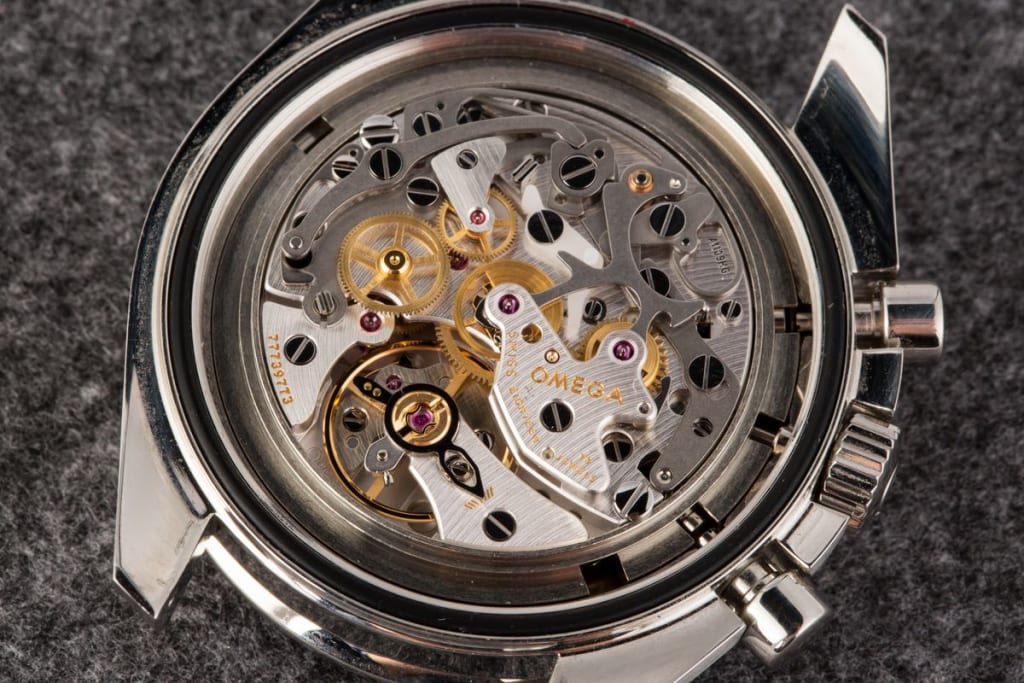
Omega’s mastery in watchmaking is exemplified by its iconic movements, each a testament to the brand’s relentless pursuit of excellence. One standout is the Omega Caliber 8500 series, a mechanical marvel renowned for its precision and innovation. These movements incorporate the revolutionary co-axial escapement system, a breakthrough in horology that significantly reduces friction and enhances long-term accuracy.
Watches equipped with the Caliber 8500 series, such as the Omega Seamaster watch collection and the Omega Constellation watch collection, not only offer impeccable timekeeping but also embody the spirit of Omega’s commitment to pushing the boundaries of mechanical watchmaking. Furthermore, Omega has set a new standard with its Master Chronometer certification, a rigorous testing process ensuring that each movement withstands the most demanding conditions, including exposure to magnetic fields up to 15,000 gauss.
This certification reinforces Omega’s dedication to precision and reliability, making their timepieces not just accessories but indispensable tools for those who value both style and substance. As we delve deeper into the craftsmanship behind Omega’s watch movements, we’ll uncover the meticulous attention to detail and innovation that define these iconic mechanisms, setting the stage for a journey into the materials and craftsmanship that elevate Omega’s timepieces to the highest echelons of watchmaking excellence.
Craftsmanship and Materials
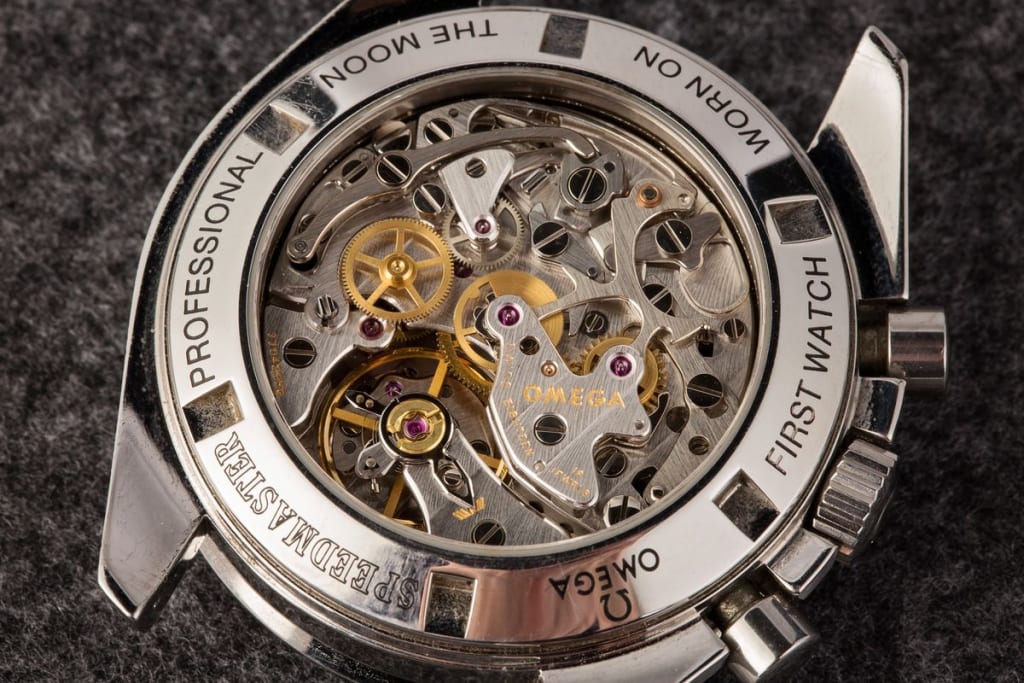
In the world of watchmaking, where precision is paramount, the choice of materials and craftsmanship is of utmost importance, and Omega has long been a pioneer in this regard. The choice of materials, ranging from stainless steel to precious metals like gold, plays a pivotal role in the durability, aesthetics, and value of Omega timepieces. Furthermore, Omega’s commitment to using innovative materials extends to the heart of their watch movements.
Inside each movement, meticulous metallurgy and engineering come together to ensure longevity and accuracy. Materials like silicon balance springs not only resist magnetic interference but also offer remarkable durability over time. Moreover, the hand-decorated movements are a testament to the artisanal craftsmanship that goes into every Omega timepiece. Each movement is meticulously finished, with attention to detail that can only be described as artistry.
The blend of tradition and innovation in crafting both the exterior and interior of these watches sets Omega apart, making each timepiece not just an instrument for measuring time but a work of art. As we progress further, we’ll explore Omega’s pioneering advancements that have not only enhanced the functionality of their timepieces but also exemplified their dedication to sustainability, a true reflection of their enduring legacy of excellence.
Omega’s Innovation in Watchmaking
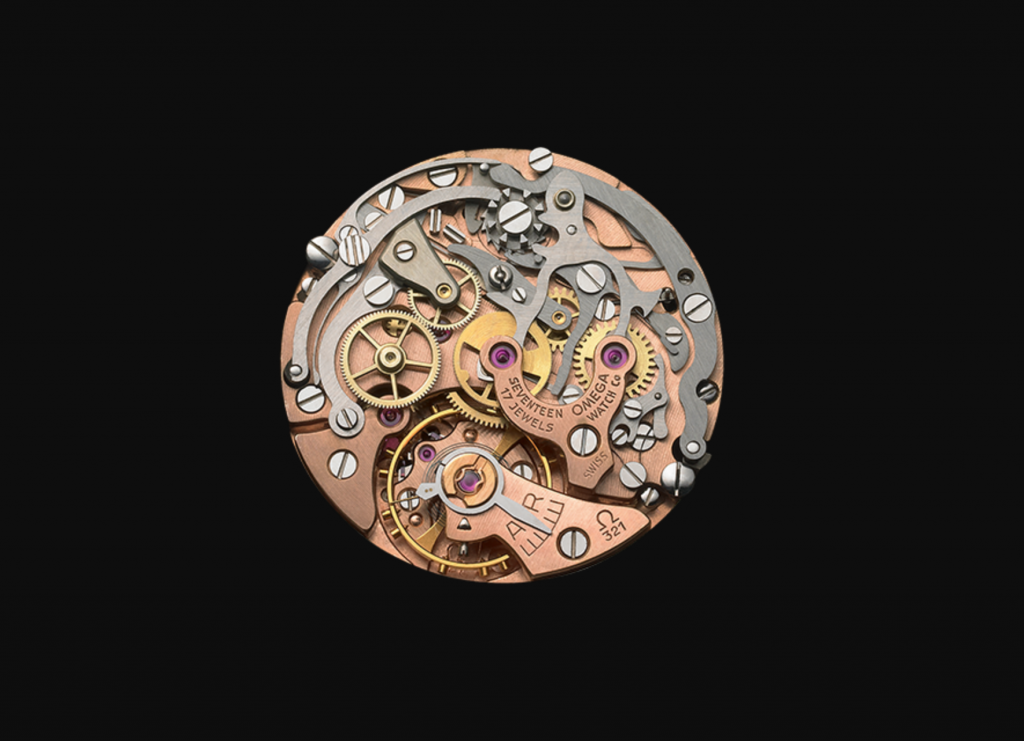
Omega’s journey through the world of watchmaking has been defined by relentless innovation. This dedication to pushing the boundaries of what a timepiece can achieve has not only elevated the performance of their watches but also underscored their commitment to sustainability. Omega’s list of innovations reads like a horological encyclopedia.
Their pioneering co-axial escapement system, developed in partnership with renowned watchmaker George Daniels, revolutionized the industry by reducing friction and enhancing long-term accuracy. In their quest for precision, the brand also introduced the Omega Master Chronometer certification, which subjects each movement to rigorous tests, including resistance to magnetic fields, ensuring that their watches continue to perform flawlessly even in the most challenging environments.
Furthermore, Omega has been at the forefront of the watch industry’s sustainable practices. Their dedication to responsible sourcing of materials and environmentally conscious production methods has set new standards in sustainability, making Omega not only a leader in watchmaking but also in ethical and environmental stewardship. These innovations are not just technological advancements; they reflect Omega’s unwavering commitment to creating watches that not only mark time but also make history.
A Movement Redefining Accuracy and Reliability
As we’ve explored the intricate realm of Omega’s watch movements, we’ve uncovered the artistry, precision, and innovation that define this iconic Swiss watchmaker. From its rich legacy dating back to 1848, Omega has consistently delivered timepieces that are not merely instruments for measuring hours and minutes but embodiments of craftsmanship and precision.
Their mechanical movements, such as the renowned Omega Caliber 8500 series, have redefined accuracy and reliability, setting a high standard in the industry. The Master Chronometer certification further underscores their commitment to quality. Beyond mechanical mastery, Omega’s dedication to sustainability showcases their responsible approach to crafting watches that stand the test of time, both in terms of performance and environmental impact.
As we conclude this exploration, it becomes evident that Omega’s watch movements are not just components; they are the very soul of their timepieces. They encapsulate the essence of a brand that has not only witnessed history but has actively shaped it. Omega’s enduring legacy of excellence shines through every tick and tock, reminding us that in the world of horology, precision, craftsmanship, and innovation are indeed timeless virtues.






